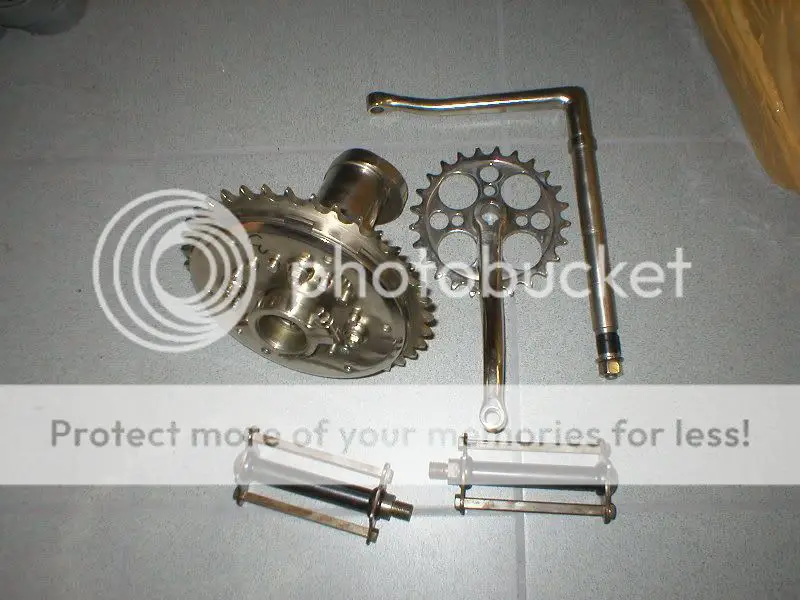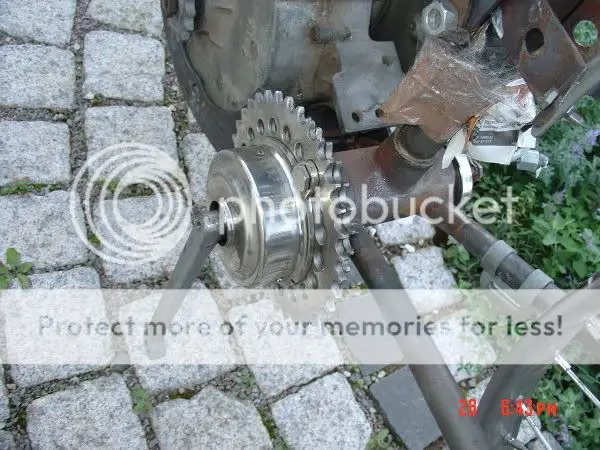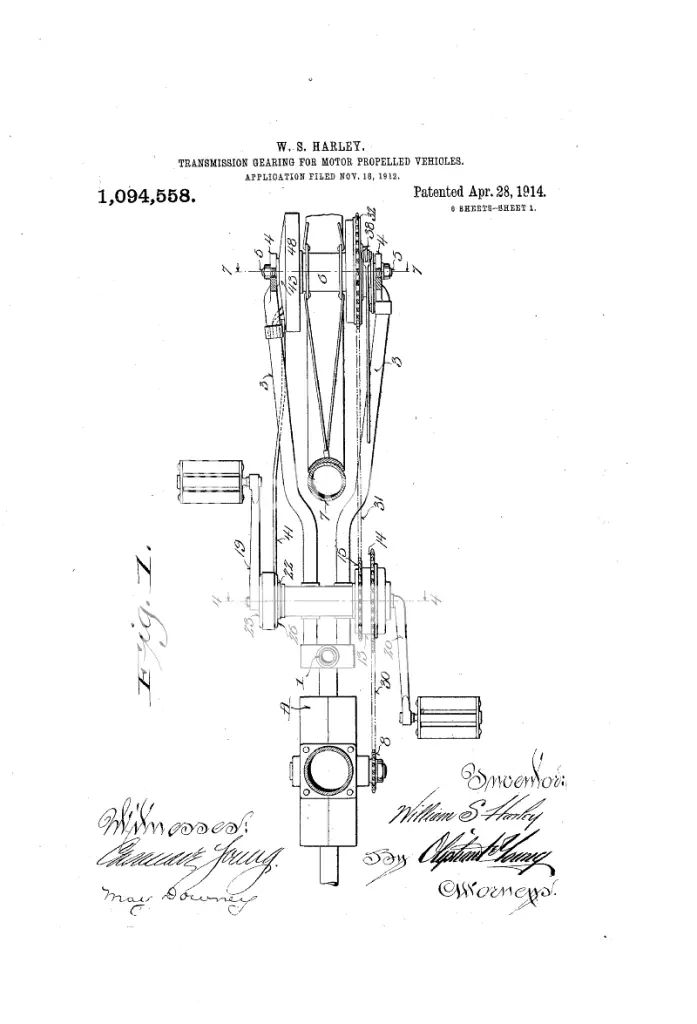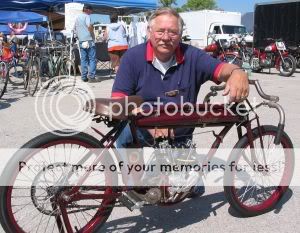Greetings you bicycle motorheads! It's been a while since I posted due to about 50 other projects.
I have my frame for my bike project (one of the Worksman Newsboys), and a few old motors to pick from. I need to decide if I want to go for a Harley look, or an Indian look. One big difference is the drivetrain. The single cylinder Harleys use a wide leather belt, and the old Indians use a sprocket of some sort that appears to be mounted to a bearing which rides on an extension of the leftside bottom bracket. Has anyone done a project using the Indian style of drive sprockets? I haven't found a search phrase that will find what I'm looking for. I'm sure someone has done it, and I'd like to see how hard it would be to do.
Andy B.
I have my frame for my bike project (one of the Worksman Newsboys), and a few old motors to pick from. I need to decide if I want to go for a Harley look, or an Indian look. One big difference is the drivetrain. The single cylinder Harleys use a wide leather belt, and the old Indians use a sprocket of some sort that appears to be mounted to a bearing which rides on an extension of the leftside bottom bracket. Has anyone done a project using the Indian style of drive sprockets? I haven't found a search phrase that will find what I'm looking for. I'm sure someone has done it, and I'd like to see how hard it would be to do.
Andy B.








